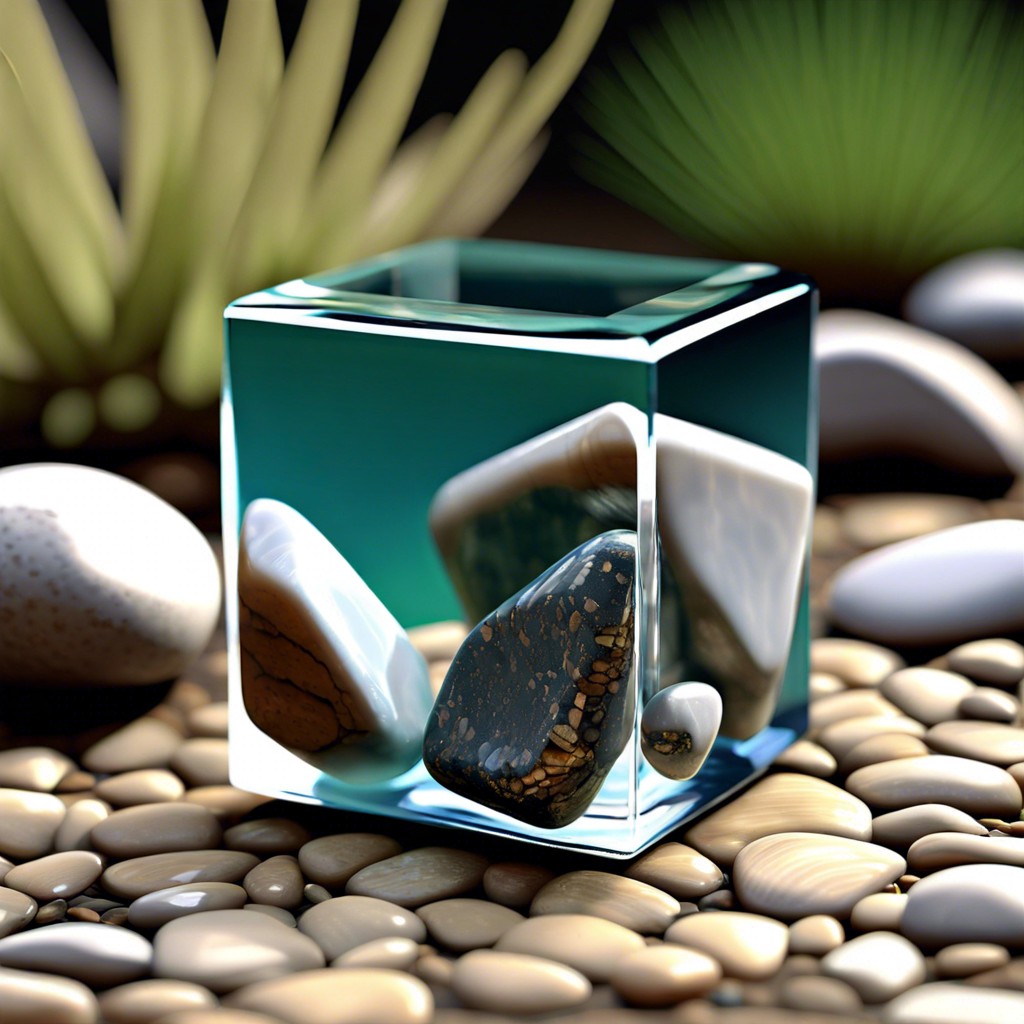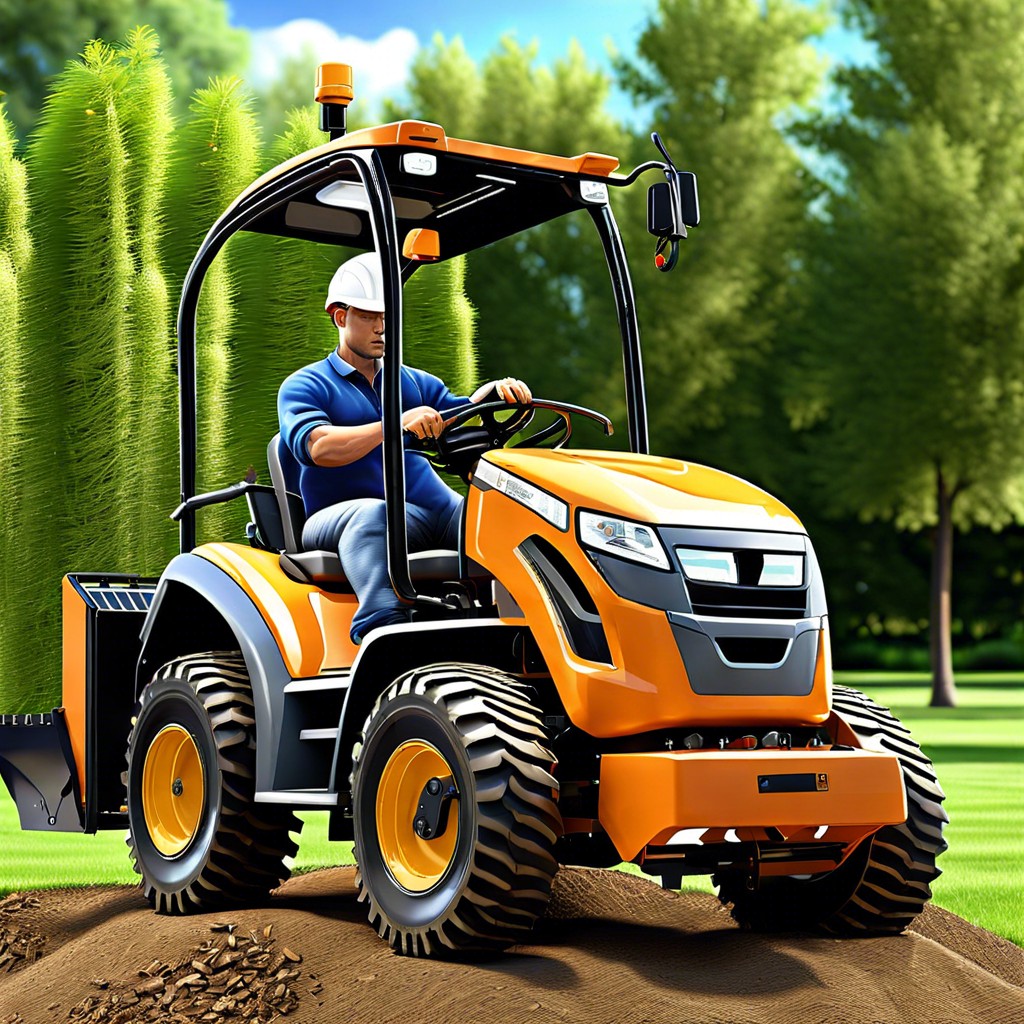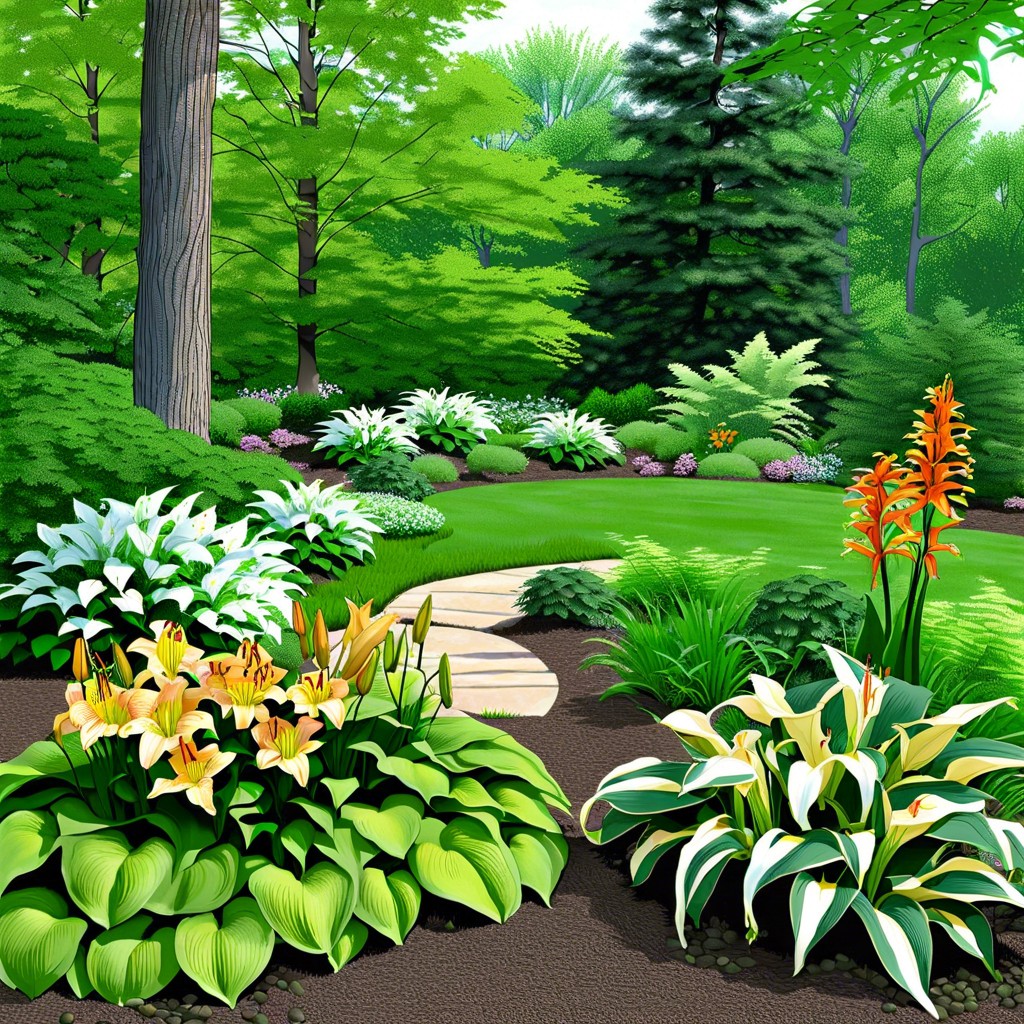Discover the essentials of landscape design to enhance your outdoor space and create a harmonious, functional environment that reflects your personal style.
Key takeaways:
- Evaluate existing conditions: soil, topography, and climate
- Create a harmonious layout and flow between different areas
- Choose a color palette that complements your home’s exterior
- Select plants appropriate for your climate and soil conditions
- Pay attention to scale and proportion for a balanced look
LANDSCAPE DESIGN BASICS

Understanding the fundamentals of landscape design is pivotal in crafting an outdoor space that is not only aesthetically pleasing but also functional and sustainable. At its core, this process begins with evaluating the existing conditions of your space, including soil health, topography, and climate. This assessment serves as a foundation for making informed decisions throughout the design process.
The layout is one of the first considerations, focusing on creating a harmonious flow between the various areas of your landscape. This involves determining where to place key elements like walkways, patios, or water features, and how they’ll interact with plantings and other natural components.
Choosing a color palette is another basic element, where you can express your personal style while considering the visual effects of color combinations. This might mean using warm or cool hues to create a particular mood or selecting colors that complement your home’s exterior.
Plant selection is crucial, as you’ll need to opt for species that not only match your aesthetic preferences but are also appropriate for your climate and soil conditions. This ensures your garden is resilient and requires less maintenance.
Lastly, understanding the importance of scale and proportion guarantees that everything in your landscape is size-appropriate and creates a balanced look. It’s about making sure that no single feature overwhelms the rest, fostering a sense of unity and cohesiveness in your outdoor sanctuary.
LANDSCAPE DESIGN STYLES
Selecting the right design style for your outdoor space can be akin to picking an outfit for a special occasion. It’s a personal choice that should reflect your taste, lifestyle, and the architectural character of your home.
Here are some influential styles to consider:
1. Formal: Symmetry and straight lines characterize formal landscape designs. Think of manicured lawns, trimmed hedges, and geometric shapes that mimic the structure of stately homes and palaces.
2. Informal: An informal style introduces natural, flowing shapes and meandering lines for a relaxed feel. Plantings appear more spontaneous, aiming to mimic nature’s randomness.
3. English Garden: This style is renowned for its lush, romantic plantings and an emphasis on flowering shrubs and perennials that offer a succession of blooms.
4. Mediterranean: Adapted to regions with similar climates, these landscapes feature terracotta pots, olive trees, and drought-tolerant plants. The emphasis is on shade, water features, and outdoor living areas.
5. Japanese: Japanese gardens prioritize tranquility and reflection. They use elements such as koi ponds, rock formations, and meticulously pruned trees to create serene and scenic settings.
6. Xeriscape: Born of necessity in arid regions, xeriscaping focuses on water preservation. Native, drought-resistant plants are used alongside rock gardens and mulches to minimize water use.
7. Modern/Contemporary: Emphasizing minimalism and clean lines, contemporary landscapes integrate sleek materials like metal and concrete, with bold architectural plants and a restrained color palette.
Each style serves as a guide for making selections in plants, materials, and layout, ultimately crafting a cohesive and harmonious garden environment. Keep your region’s climate and the maintenance requirements in mind while choosing the best fit for your space.
HOW DO I DESIGN MY OWN LANDSCAPE?
Embarking on your own landscape design can be an exciting challenge. Here are a few steps to help guide you through the process:
1. Assess Your Space: Take a good, long look at your outdoor area. Consider the size, shape, and topography as these will influence your design. Note down where the sun rises and sets as well as how the shade patterns change throughout the day.
2. Identify Your Needs and Wants: Jot down what purposes you want your outdoor space to serve. Do you need a play area for kids, a vegetable garden, or a cozy spot to entertain guests? Prioritize these elements to ensure your design accommodates your lifestyle.
3. Create a Rough Sketch: Draw a blueprint of your area, marking existing structures, trees, slopes, and any other elements that must be worked around. This will serve as your canvas where you can play around with ideas.
4. Choose a Style: Select a design aesthetic that complements your home and personal taste, whether it’s formal, naturalistic, or modern. This will help steer your choices for plants and materials.
5. Select Plants and Features: Factor in plants that will thrive in your climate and soil while keeping in mind their growth patterns. Also, consider adding diverse features like stones, water elements, or pathways to enhance the visual appeal and functionality.
6. Think about Timing: Recognize the importance of planting seasons and growth rates. Proper timing ensures that your plants establish well and your landscape matures as envisioned.
Remember, landscape design is not a one-time deed but an evolving feature of your home. Start small, be patient, and let your outdoor space grow and change with your needs.
Basic Principles of Landscape Design
Creating an appealing landscape requires more than random planting and occasional maintenance. By employing the following fundamental design principles, anyone can transform outdoor spaces into harmoniously landscaped havens:
1. Unity and Harmony: This is all about creating a theme that gives your garden a coordinated look. Achieve unity by repeating similar shapes, textures, or colors throughout your yard.
2. Balance: There are two types – symmetrical and asymmetrical. Symmetrical balance means both sides of the landscape mirror each other, while asymmetrical involves different elements that still create a sense of equilibrium.
3. Contrast and Harmony: Playing with contrasts such as combining round shrubbery with tall, angular plants can make your garden pop. But remember, too much contrast can lead to visual chaos.
4. Color: Color sets the mood. Cool colors (like blue, green, and purple) create a calming effect, while warm colors (such as red, yellow, and orange) add excitement and vibrancy.
5. Scale and Proportion: Pay attention to the scale; larger gardens can handle big features, while smaller ones might become overwhelmed. Proportion is about the size relationships between different plants and elements.
6. Rhythm and Flow: Guide the observer’s eye through your space. Repetition of colors, shapes, or textures creates a rhythm that makes the landscape design seem alive, enticing visitors to follow a path or highlighting focal points.
Remember, breaking these rules sometimes leads to innovative designs, but having a grounding in these basics will ensure any deviations are effective rather than chaotic.
Trends in Landscape Design
Embracing sustainability has become a central theme in recent times, with eco-friendly gardens that prioritize native plants and water conservation leading the charge. These gardens are not only beautiful but also play a pivotal role in supporting local ecosystems and reducing maintenance.
Outdoor living spaces have evolved, offering seamless transitions from indoor to outdoor living, mirroring the comfort and functionality of interior spaces. This trend includes fully-equipped outdoor kitchens, cozy fire pits, and entertainment areas, enabling homeowners to maximize their enjoyment of nature.
Edible landscapes have gained popularity, integrating fruits, vegetables, and herbs into aesthetically pleasing designs. These productive gardens encourage a farm-to-table lifestyle and offer the dual benefits of beauty and bounty.
Smart technology integration has made its way outdoors, with innovations like automated irrigation systems, solar-powered lighting, and app-controlled garden features simplifying garden management and fostering energy efficiency.
Low-maintenance designs are increasingly sought after, with busy homeowners desiring stunning outdoor spaces without the constant upkeep. This trend leans towards selecting hardy plant varieties and implementing design elements that reduce the need for frequent care.
The resurgence of native plants emphasizes their importance in preserving regional biodiversity and providing habitats for local wildlife. These plants are well-adapted to the local climate, making them inherently more resilient and easier to maintain.
As such, landscape design isn’t just about aesthetics—it’s an evolving reflection of lifestyle, environmental awareness, and technological advancements, all of which interact to shape the gardens and outdoor spaces of the future.




